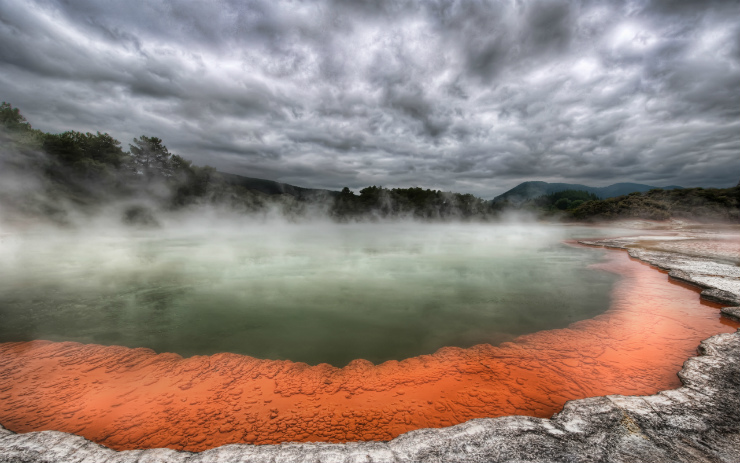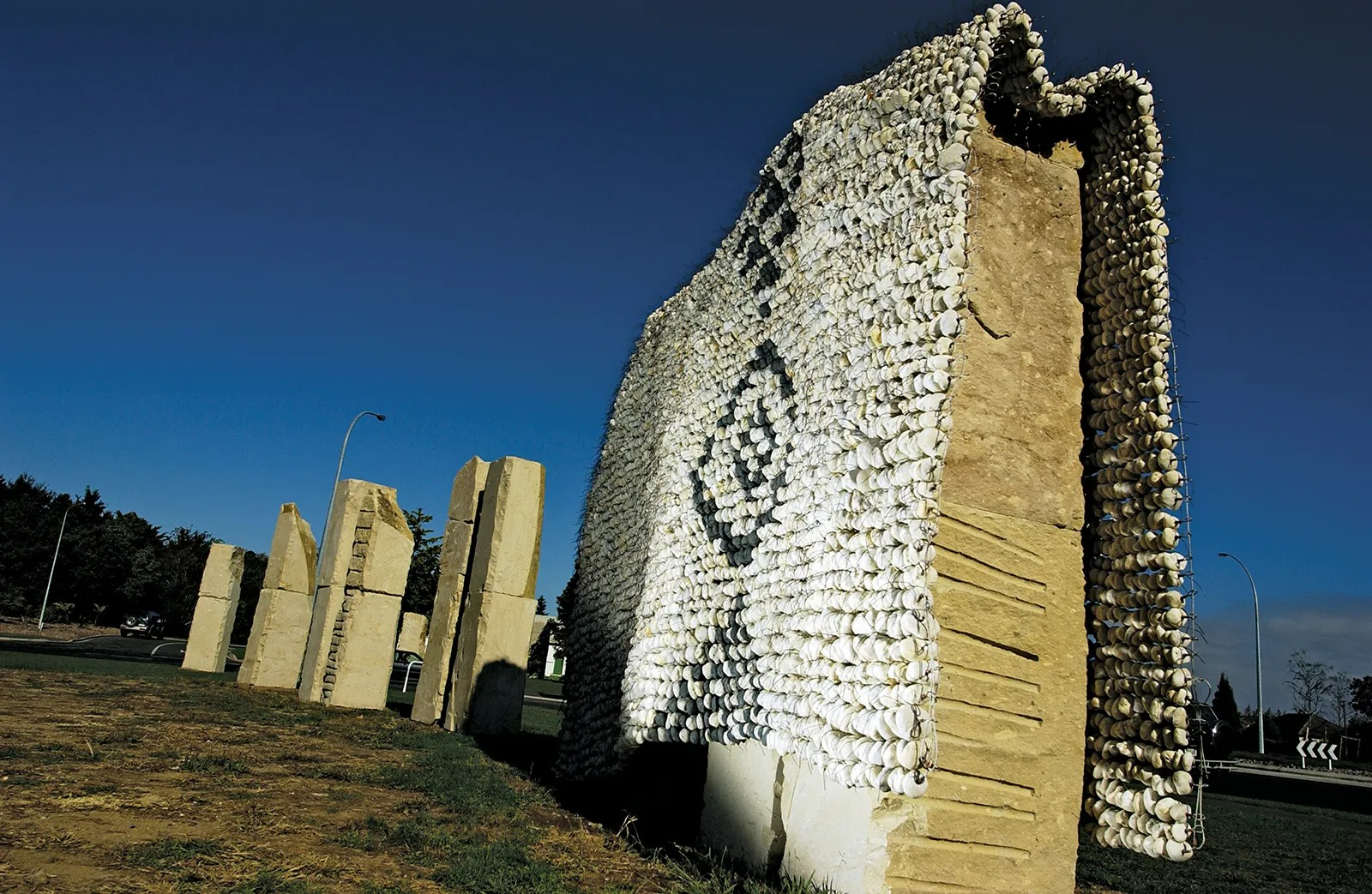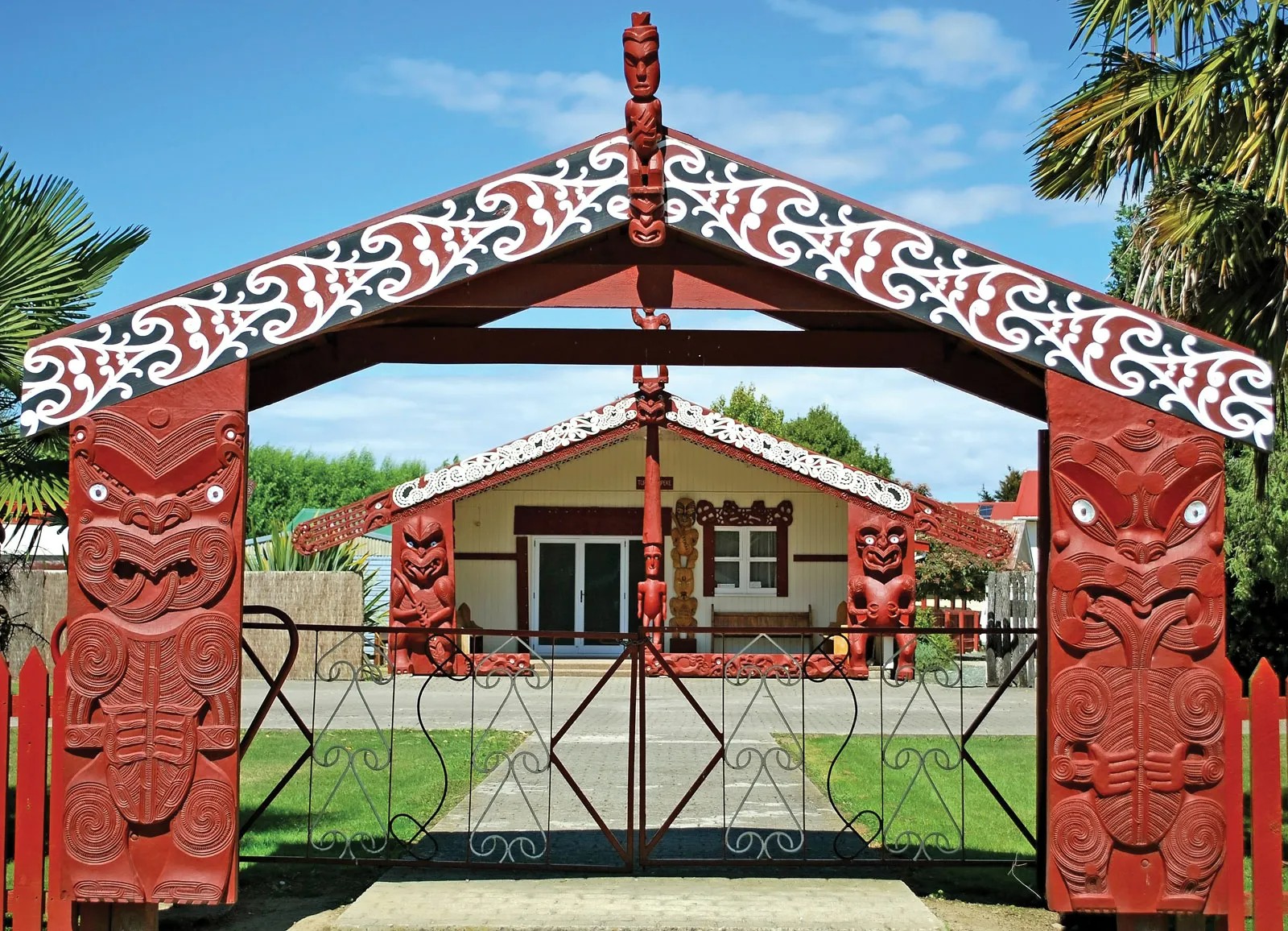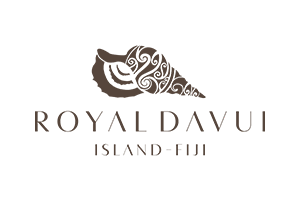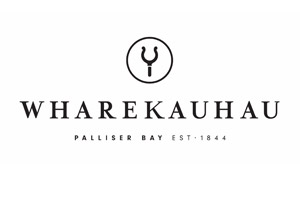As Polynesians discover and settle in New Zealand, thought to be sometime between 950 and 1130 AD, the first of the European explorers led by Abel Janszoon Tasman from Holland sails to New Zealand in 1642. The first encounter between Maori and European is violent, leading to bloodshed. Tasman then left New Zealand without having had the occasion to set foot ashore. Over one hundred years later in 1769 James Cook (the British explorer) and Jean François Marie de Surville, commander of a French trading ship, arrive coincidentally in New Zealand at the same time. Neither ship ever sights the other. From the late 1790’s on, whalers, traders and missionaries arrive, establishing settlements along the coast then the inter-tribal Musket Wars commence.
The Maori, indigenous people of New Zealand, sign a Treaty with the British on 6th February 1840, known as the Treaty of Waitangi. The subsequent influx of European settlers leads to the turbulent period of the New Zealand Wars, also known as the Land Wars. The wars lasted over twenty years and although inferior in number the Maori proves a formidable foe. New Zealand today is an independent nation within the British Commonwealth. The British Monarch, although constitutional head of state, plays no active role in the running of New Zealand’s government. Though a relatively young country, New Zealand has many historic buildings and attractions, and a surprisingly large number of museums.
You’ll find many heritage attractions in the Northland and Otago regions. A heritage highlight of the Northland region is the magnificent Treaty grounds and buildings at Waitangi. This fascinating complex will give the visitor an excellent insight into the Treaty of Waitangi, New Zealand’s founding document. Rotorua is also a must visit for the cultural enthusiast – Its the centre of a large Maori population with cultural performances common place. The capital city of Wellington contains the former Government Buildings, the largest wooden building in the Southern Hemisphere, as well as Old St Paul\’s, a beautiful old wooden church. Visitors to the South Island will see many sites and old buildings dating back to the gold rush days of the 1860s, while the cities of Christchurch and Dunedin contain many fine examples of 19th century stone architecture. A highlight of the Dunedin area is Larnach Castle – an amazing old castle near Dunedin with a fascinating history.
If you would like with an itinerary designed with a particular emphasis on culture and history please contact us.




